|
I'm a kid from LA. I had big dreams as a 9th grader to become a clinical psychologist, which happened through a healthy dose of counseling as a preteen and a teenager. I went on this journey to be a clinical psychologist, and along the way I realized, ‘I don’t want to be a clinical psychologist. What am I doing?’
What I found that I loved was looking at systems and how things move: the built environment, or systems of care in general, a hospital system or rehabilitation system, and how we could better support people's healthy behavior. Specifically, I focused on the intersection of people with physical disabilities, cognitive disabilities, and aging.
For the first time in the history of humanity, we have this whole new cohort of people who are surviving spinal cord injuries, strokes, and heart attacks with differences in physical and cognitive impairments. It is both a beautiful and a complicated thing.
That brought me to where I am now, which is, ‘How do I continue this work without the boundaries and constraints of academia? How do I immerse myself fully in supportive policy to make lasting change? How do I create change for the better in a way that is reactive and meets the moment and is not bound by grants, or research, or other kinds of mundane tasks that academia can often put on me?’
That's a really great question. I currently work for foundations that are supporting the policy work happening in California. They are committed to helping California create a 10-year master plan for aging. The foundations realized that they could only do so much, so they decided to band together and support consultants to help California prepare.
Our older adults are going to be outnumbering young adults. We know we don't have the policy and regulations for them, we know we don't have the workforce for them, we know now, with Covid-19, that we have nothing for them. How do we do that?
That is how I found the need to create my business, to pivot to going out on my own. What is unique about me is having a research and academic background that is not common in policy. I can talk to researchers, statisticians, and local governments that have this data and can be both a translator into the policy as well as ask for numbers when things don’t add up.
The most important thing for me is to just be honest about what I can provide, about my expertise, about whether this is a good fit, and just hope for the best.
Mostly, when it comes to choosing a consultant, it’s ‘Who do you want to spend time with?’ It's like picking a vice president. Who do you want in the Oval Office with you at the end of the day? Who do you want on the phone with you at 10 o'clock at night when your house is burning down? Who do you want riding shotgun with your team when you don't have time?
For a lot of folks, it really comes down to personality and how much you are listening to the needs of the project, of the organization, and trying to match that up. I will say that there's a lot of companies or opportunities that I know might not be a great fit for me, so I try to be really upfront with that.
How would you define success based on your experiences?
Part of the problem and opportunity of being a young person is how everything feels like it's a process. Success is a building block, and doesn't always come from checking off a box.
A lot of times success comes from failure, and then the opportunity to create a better, more sustainable system, or opportunity. It’s not only how do you define success, but how do you hold it up as success to your clients, that this skill is something that I am a master of.
What would you say are the three top skills that you think it takes to be a successful entrepreneur?
I think to be successful, one of the things that comes to mind on the business side is, ‘Are you checking all your boxes?’ Are you paying your bills? Do you have a license in the state that you need? Are you paying your taxes on time? I don't think people understand how important taxes, invoicing, and accounting for your time are. You need to be an expert in things that you never thought you needed to be an expert in to run a business, and I find that has been the biggest hurdle for me. That’s the down and dirty of the things you wish you knew.
With that comes number two, which is knowing when to outsource. I should never prepare my own taxes, ever. There's no world in which I am qualified for that. It's okay, I have lots of other skills, but that is not one of them. Thankfully, I work with a very skilled person who can do that.
Third, you need to be knowledgeable and distinguish yourself from others. You need to have a good reputation. You need to be able to rely on your clients, your colleagues, and your friends to be good references and to say nice things about you, to believe in what you're doing so that you can rely on them.
There is a huge digital divide in the nation. The internet is not just how we communicate, right? The internet is information. It's tele-health. It's how we order our groceries. It's how we order books, whether we're borrowing or buying or downloading to listen. It is how we stay connected with our family and friends. It's how we do these interviews. It is literally everything.
It is imperative that we invest in diverse communities and communities who are not generally connected to the Internet, to have the Internet if they want it. The big push now is to think of broadband as essential, just like heat and water. We need to continue to invest in that.
We need things to be fully accessible. We need people who have low vision and low hearing to be able to access the internet. We need to reach diverse communities, expand language capacity, and find and create solutions for those most vulnerable. There are so many ways we can create opportunities for communication, safety, and collective public health.
What have been some of your experiences as a woman in business?
It is very tricky to be the younger generation of policy and research coming into this field, and to be considered a “young female.” One of my close colleagues told me basically, right now, you are the shiny new thing, so take advantage of that. You are young, bright eyed, and bushy tailed. That is also what is going to hold you back. What ends up happening is somehow at 40 you are too old, and your experience still doesn't help. It’s constantly this issue of living in your youth, and also preparing for that to leave you.
Choosing clients has been really interesting, just as a female and the things that define us. I have two older parents who are in their early seventies, and they've got pre-existing health conditions, and I stay on the West Coast for them. I cannot tell you how many opportunities are presented to me on the East Coast that I have to say no to. I am basically being told that I'm ruining my career. So being the eldest child, wanting to be close to my parents, wanting to be a successful member of my family, and doing all of those things, are also ways that I'm ruining my career. It is very complicated, but I just keep moving.
Edited for clarity and length.
What’s more, firms owned by women of color account for 50 percent of all women-owned businesses. An estimated 6.4 million women of color-owned businesses employ nearly 2.4 million people and generate $422.5 billion in revenue.
With the continuation of COVID-19, women-owned businesses have been disproportionately hit, and a quarter of these businesses have had to close. There are real challenges facing women business owners, and as communication leaders, it is our responsibility to advocate, build, strengthen, and serve our community, while supporting them through times of transformation.
At Communication Leadership Consulting, a majority of our clients have been women-led non-profits, women-owned small businesses, and women communication leaders. In fact, out of 82 clients, we’ve served only 13 non-profits or small businesses with men at the helm.
It is with this in mind that we ask you to learn about and support these women-owned businesses who make a difference to our economy, but are being inordinately affected by the systemic discrimination, health, and economic crisis in our midst.
Join us as we feature interviews with women business owners, non-profit directors, and communication leaders who are working to overcome these challenges every day.
Click here for more information about our services.
Click here to volunteer for Communication Leadership Consulting.
5:30 PM – 7:00 PM PDT
Melissa Schwartz has more than two decades of strategic and crisis communications experience in government, the private sector, and nonprofit organizations. She has substantial expertise in media training, message development, and media relations. Melissa has been teaching communications for the past seven years, four of which have been in the Communication Leadership Masters program at UW where she teaches Crisis Communication, splitting her time between the two Washingtons.
Melissa has managed a number of high profile crises. Tapped by the Obama administration, Melissa managed communications for the federal agency responsible for the regulation and oversight of offshore drilling in U.S. federal waters following the 2010 Deepwater Horizon oil spill. She has recently represented FBI Deputy Director Andrew McCabe and served on the communications and media team supporting the testimony of Dr. Christine Blasey Ford as part of the confirmation hearings for now-Supreme Court Justice Brett Kavanaugh. She has published chapters in PR News Guidebooks focused on PR Measurement, Crisis Management, Media Training, and Corporate Social Responsibility.
For more upcoming events in this series - visit COVID-19 Consulting!
Part of what most of us are experiencing now is that our homes have become our workplaces, and our screens are the only connection to people outside of our own household. Video services like zoom dominate our day - whether we are conferencing with clients, chatting with co-workers, having a happy hour with friends, or a netflix watch party with family.
The quality of our attention is different when we are online. Video chats require us to work harder to process non-verbal cues such as facial expressions, body language, and the tone and pitch of voices. We become hyper focused on the few available cues we can see, rather than the full range of body language available to us normally.
It is this dissonance, of being together in mind, but separate in body that causes us to feel conflicted. Our bodies long for that energetic exchange, that limbic resonance, that happens with real life interactions. The direct eye contact we normally have during a conversation that makes us feel heard and understood isn’t present. There isn’t a way to relax naturally into the conversation, and this creates conflicting feelings of connection and disconnection to the people we most want to see and hear.
We are also very aware of being watched. There is a performative pressure when you have a dozen heads staring back at you. One of those heads may very well be your own if you choose not to hide yourself on screen. We end up spending a lot of time looking at ourselves, how we appear, and how we are behaving. If you think you look awkward on camera, then you’ll be looking to confirm this bias as you watch yourself perform on screen. This social strain is nerve-wracking and can create unnecessary stress in an already fraught time. Introverts and extroverts alike can feel worn down by all of this high-intensity virtual connecting.
Silence on screen adds another challenge. In normal circumstances, silence is a natural rhythm in conversation. In a video call, it is difficult to tell if the silence is real, or if your internet is lagging or unstable. Silence can make people uncomfortable, and this can lead to anxiety about your technology, and that you aren’t as focused during meetings.
Video chatting doesn’t just drain our brain and our energy, it is also having a serious effect on our bodies. All day we are sitting in furniture that was not designed for long-term sitting. We get aching backs, headaches, and eye strain that can leave us feeling cranky and overwhelmed.
After work and family commitments we are also failing to plan essential downtime, which may be another factor in our tiredness. Some of us are over-performing at our jobs, and putting higher expectations on ourselves due to worries over the economy, furloughs and job losses.
- Take a few moments first thing in the morning to ground yourself. Take a deep breath, feel your body sitting in your chair, notice the thoughts in your mind, and remember to be kind to yourself and those around you.
- Call in to meetings rather than using a video platform, or tell participants that you are going to turn your video off. This allows you the freedom to move about while still participating in the meeting. Your tired eyes, sore back, and “overly focused meeting face” will thank you.
- Check up on the wellbeing of others before diving into business. It’s a great way to reconnect to others in the world, and provides a sense of relief, a way to build trust, and it can help reduce fatigue and concern.
- Don’t schedule back-to-back meetings. Give yourself at least half an hour to an hour between chats to get up, take a walk, go outside, drink some water, use the bathroom, and allow your brain and eyes to rest.
- Schedule buffer zones after intense days of video chatting to give yourself time to catch up, take a breather, and allow for self-care while at work. If someone wants to schedule a meeting during your “buffer zone,” tell them you are already booked. It is important to protect and preserve your mental health and well-being.
- Take meeting notes by hand rather than doing double screen duty. By focusing on what you are hearing and taking legible notes, you’ll stay attentive and retain more of what is being shared.
- Resist the urge to multi-task. You may not need to hyper-focus on the meeting, but there is no reason to put additional effort on your already taxed self to attend to anything else. Focus on what is in front of you.
- Create a boundary between your “home” and your “office,” even if they are the same space. Try switching up the lighting, or change the playlist during off-work hours. Try throwing a sheet over your computer and screen to create an actual barrier between you and work.
- Have at least one screen free day a week.
If nothing else, let’s be grateful for this technology that allows us to connect and work. When else will we be able to wear our pajamas to important meetings, or lovingly cuddle our pets while listening to budget predictions from our colleagues? Remember that some of us are in this for the long haul, and it is important to find ways to incorporate this technology into the full spectrum of interpersonal experiences that our new lives include. Pace yourself, be gentle, and practice as much kindness as you can.
As a small business consultant, I’ve been getting questions about what tools I suggest for easing into an online existence. I decided to put together a few free resources to get you over the technology hurdle of engaging with your clients, staying connected to your income, and most of all, keeping your sanity intact.
Free Meeting Scheduler
The easiest way to set up free online scheduling on your website is with Setmore. I like it because it integrates with all of the platforms I use the most: Facebook, Instagram, Slack, Google Calendar, Office 365, Weebly, and Square.
Setmore has a clean, easy design. It provides auto-notifications and reminders, which means I never miss a meeting. Clients and customers are able to reschedule if necessary, so they never miss a meeting. It also allows you to collect payments upfront, which can bring important revenue to your business.
If you use a Facebook Business Page as your website, you can use the free appointment scheduler they offer. Check here for the handy guide on getting it set up on your Facebook Business Page today.
Zoom In
Participants can choose to call in or use the video chat function instantly, or at a scheduled meetup time. It allows each participant to share their desktop, application, or screen. It also has a texting function if you need to mention things without interrupting the speaker.
Zoom also allows you to schedule a meeting directly from Google Calendar or Office 365. Once you sign up for Zoom, download the extension you need and you’ll be ready to face to face, or face to ear, right from your calendar.
Track Your Time
A great free service for tracking time is Toggl. Toggl has a clean, easy to use interface that is multi-functional. You can set billable rates and track in real-time, manually, or with calendar integrations. You can start the timer on your phone while on a walk, and then turn it off on your desktop when you get home. Toggl allows you to create instant reports for your time - perfect for attaching to those client invoices or to make your boss happy.
In this time of global pandemic weirdness, it turns out technology may be a bit of a savior. Working remotely shouldn’t be a scary endeavor for you, for your business, or for your client base. These free services are just a few of the many available, but they are little life-lines for me, and for my mental health.
Author
Musings on business, womanhood, consulting, and things I find interesting.
Archives
October 2022
May 2022
January 2021
October 2020
June 2020
May 2020
April 2020
March 2020
January 2020
December 2019
September 2019
August 2019
August 2018
July 2018
May 2018
April 2018
Categories
All
Art
Artists I Admire
Business Strategy
Cai Guo-Qiang
Climate Change
Color
Communication
Covid 19
Covid-19
Design
Design Thinking
Environment
Fire
Handmade Cards
Interviews
Joan Miro
John Baldessari
Leadership
Nonprofit
Pacific Northwest
Photography Show
Polaroid
Polaroid Land Camera
Push.Pull Photography Collective
Small Business
Square Framed Prints
Technology
User Experience
Women In Business
Women Owned
Women Who Lead
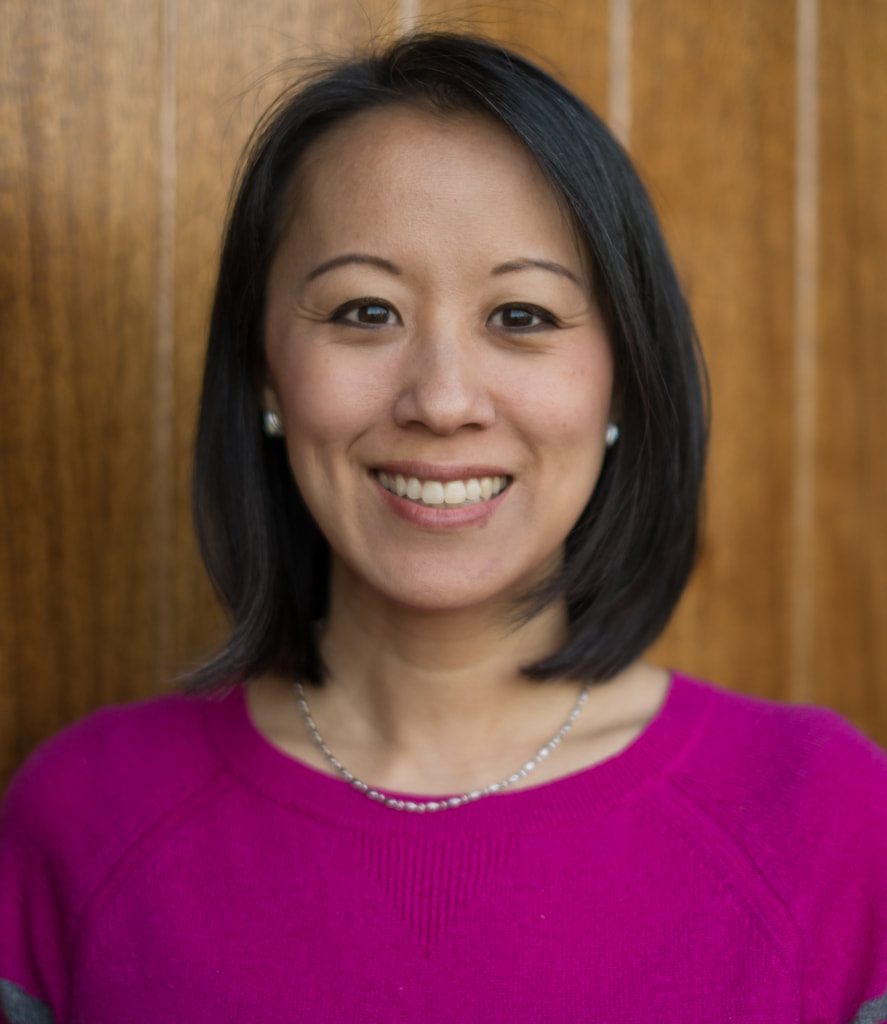
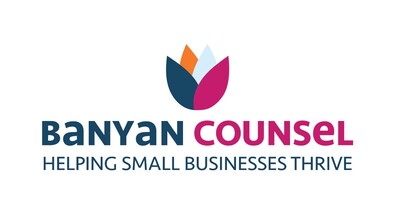
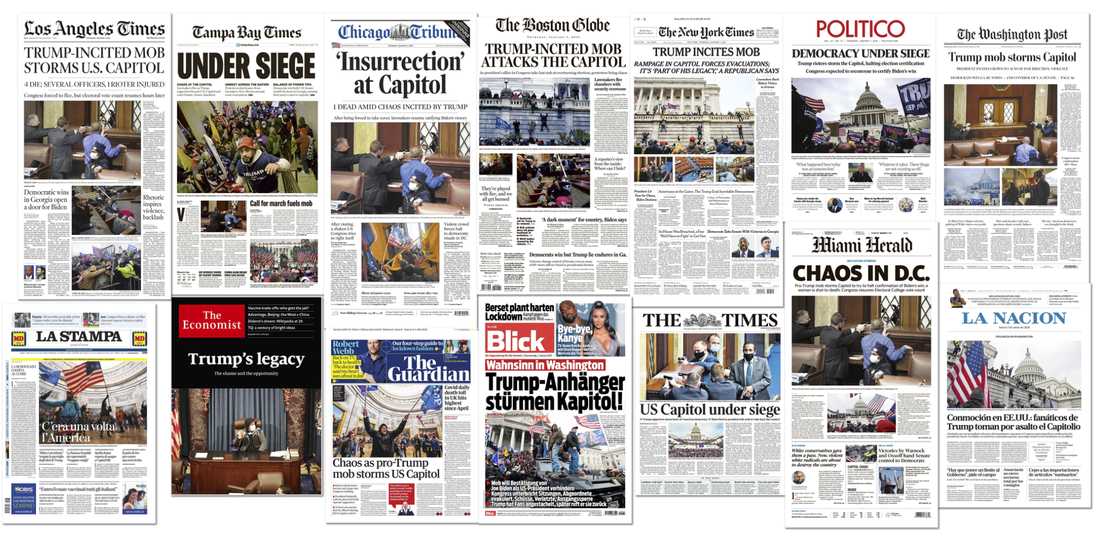
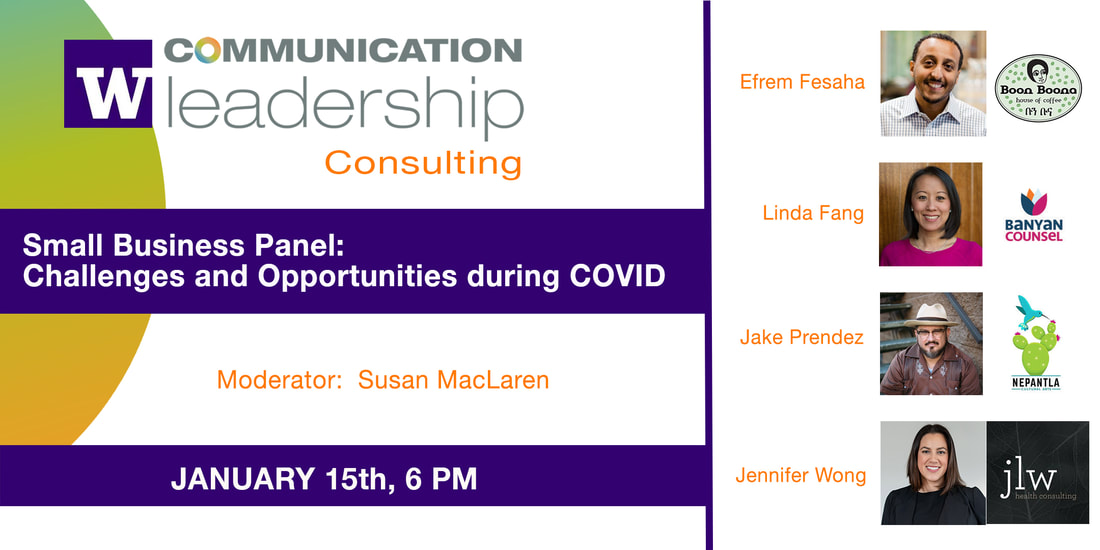

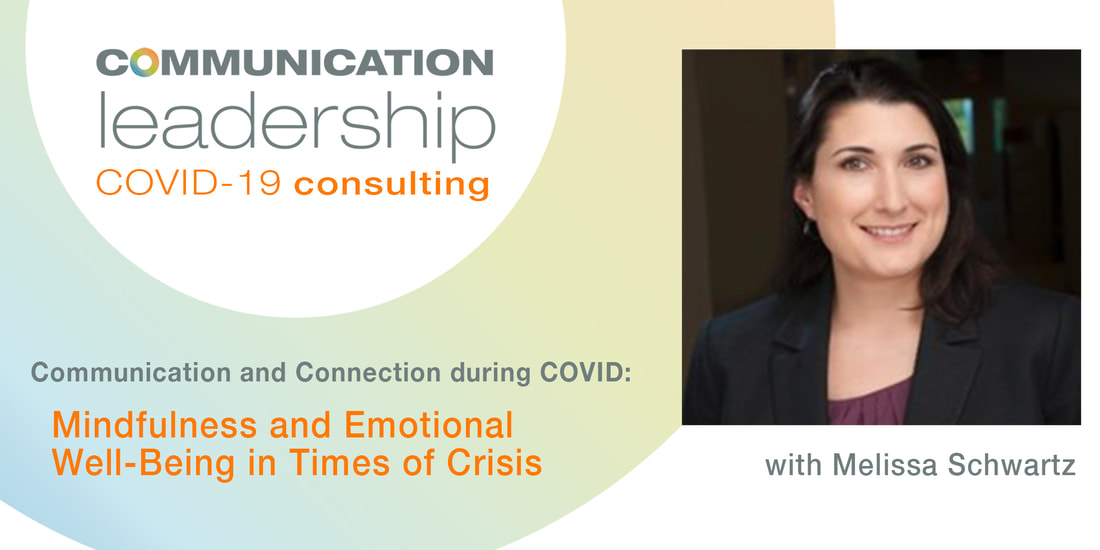
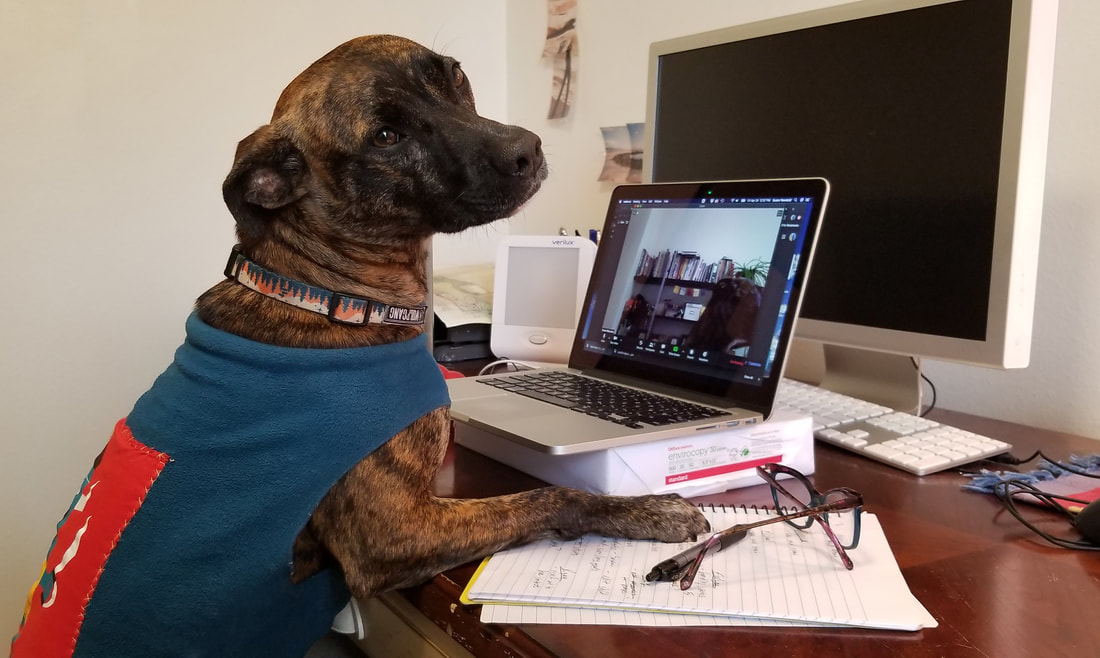
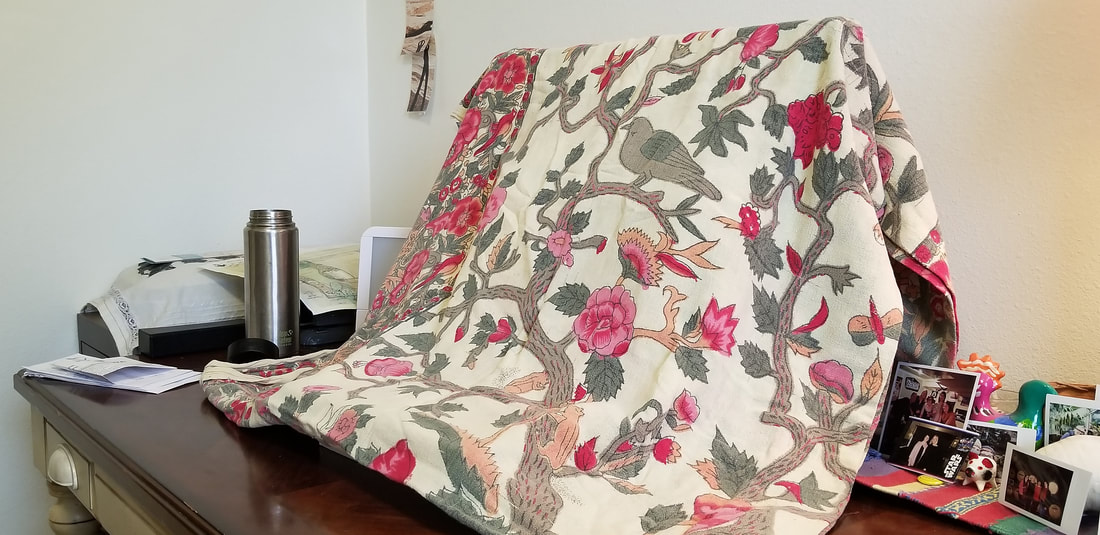
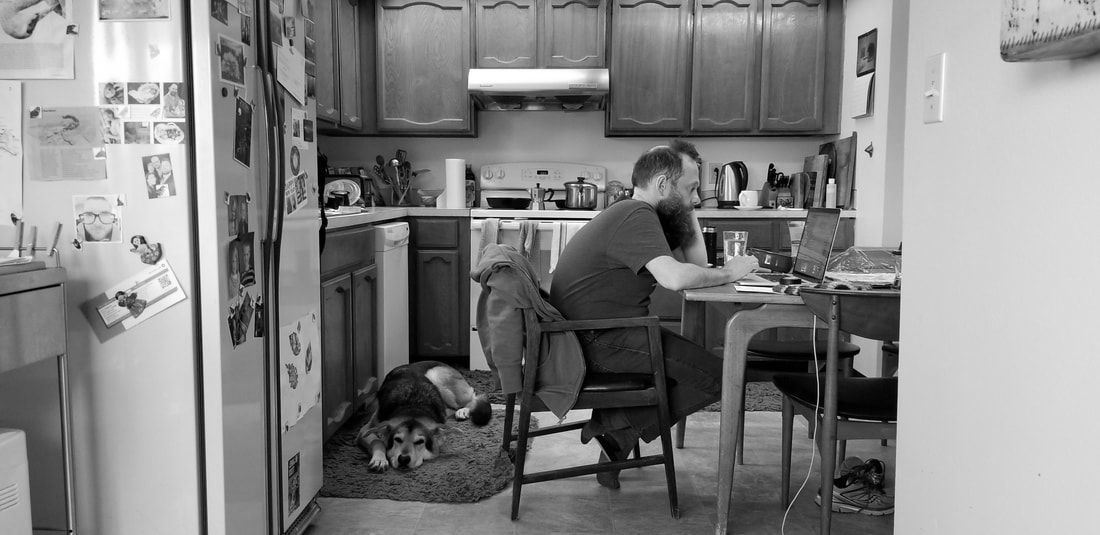
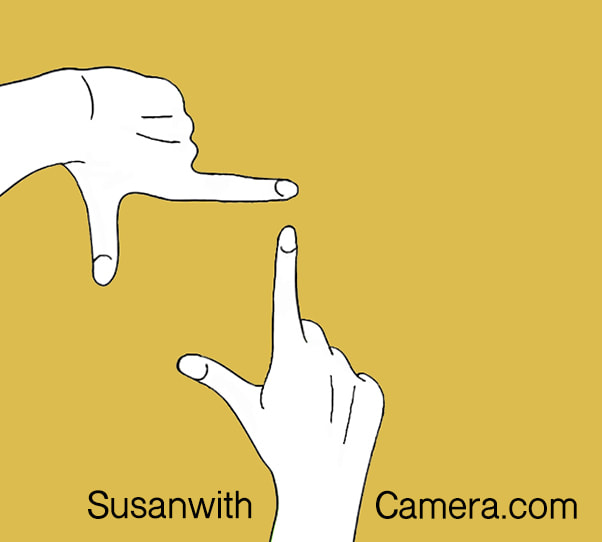
 RSS Feed
RSS Feed